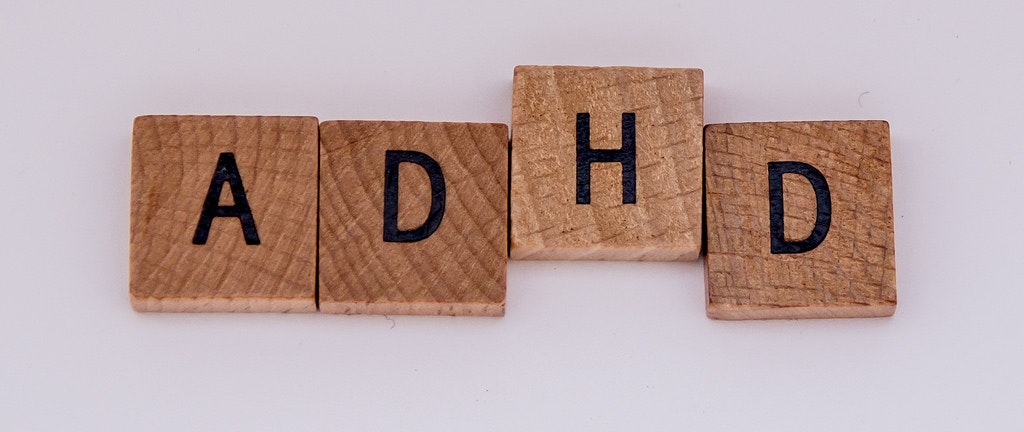
Oct 24, 2017
What ADHD is and how those affected by it can benefit from tutoring.
Attention Deficit Hyperactivity Disorder (ADHD) is a one of the most prevalent learning disabilities, affecting approximately 9.5% of students. This condition is more common in boys than girls and can impact people of all ages. Without treatment, students can experience difficulties in school and can even develop additional conditions, such as sleep disorders and anxiety. Fortunately, there are a variety of resources, treatment options, and knowledgeable professionals that can help support those affected. As a tutor, you have the opportunity to contribute to the management of your student’s ADHD with the right understanding of the condition. Read on to learn more about ADHD and helpful strategies you can employ in your sessions.
ADHD is a biological condition that affects a person’s ability to concentrate and sit still for extended periods of time. As attention span is shorter and focus can wane, students suffering from ADHD can have a difficult time in a traditional classroom setting. It is thought that the cause of ADHD stems from the brain, with areas that are associated with concentration and activity operating differently than in those without the condition. ADHD can manifest in three forms:
Inattentive-predominant: If most of a student’s symptoms are attention-related, they are likely affected by this form of ADHD. Hyperactivity is generally not an issue for these students. This form is often referred to simply as ADD for this reason.
Hyperactive-predominant: This type of ADHD occurs when the student’s symptoms are related to hyperactivity.
Combined: This is the most common form seen in students and includes a roughly even mix of attention and hyperactivity symptoms.
Testing for ADHD is carried out by a physician who specializes in identifying the signs and symptoms, as there are no diagnostic lab tests available. The degree to which people are affected can vary greatly. A specific cause has not been confirmed, although genetics are thought to play at least a small part. here is no cure for ADHD, but there are treatments, ranging from medication to strategic exercises, and which can make it much more manageable and greatly improve symptoms.
Tailor sessions to student interests. Students with ADHD are often much more likely to be involved in work if they enjoy it. Before you begin your engagement, discuss your student’s interests and find ways to angle your sessions toward them.
Break down work into digestible segments. By dividing work into smaller chunks, students don’t need to sit still and focus for an extended period of time. To effectively break down work, set intervals for each assignment as checkpoints. A timer can even be used to precisely break sessions up into active work time and breaks.
Improve procrastination. Tutors can help students to begin projects and assignments. In fact, many students who have this learning disability cite commencement of a project as the most difficult part, though after the initial hurdle of getting started they have a much easier time working.
Be interactive. Those affected with ADHD often benefit from a hands-on approach when it comes to working. To keep things interesting, try incorporating games into your sessions which will feel less like work and more like play. It can also be very helpful for students with ADHD to digest information in story format.
Focus on project completion. Students with ADHD often spend a lot of time on their projects, but the actual process of completion can be difficult. It can be useful to build checklists for assignments, which help students visualize how far along they are and provide a tangible view of the project’s end.
Practice memory exercises. Memory and forgetfulness can be an obstacle for students with ADHD, often forgetting assignment due dates or leaving homework at home, for example. To aid in improving this, work on memory exercises with your student and check in often regarding upcoming work.
Teach shortcut strategies. Another classic symptom of ADHD is “getting lost” in text, with students often finding themselves reading passages over and over without retaining information. There are many strategies that can help with this. For example, have your student predict the upcoming text based on pictures, and then go through the passages together This can help to get through the information more quickly.
It can often be difficult for students affected by ADHD to keep up academically. However, the condition can be made more manageable with support. As a tutor, you have the opportunity to help drastically by understanding the condition and utilizing the right strategies and tools. With a thoughtful approach, you can make a deep, long-lasting impact on your student.
To read more about learning disabilities and how tutors can help students, join Clark and follow along with the blog.
